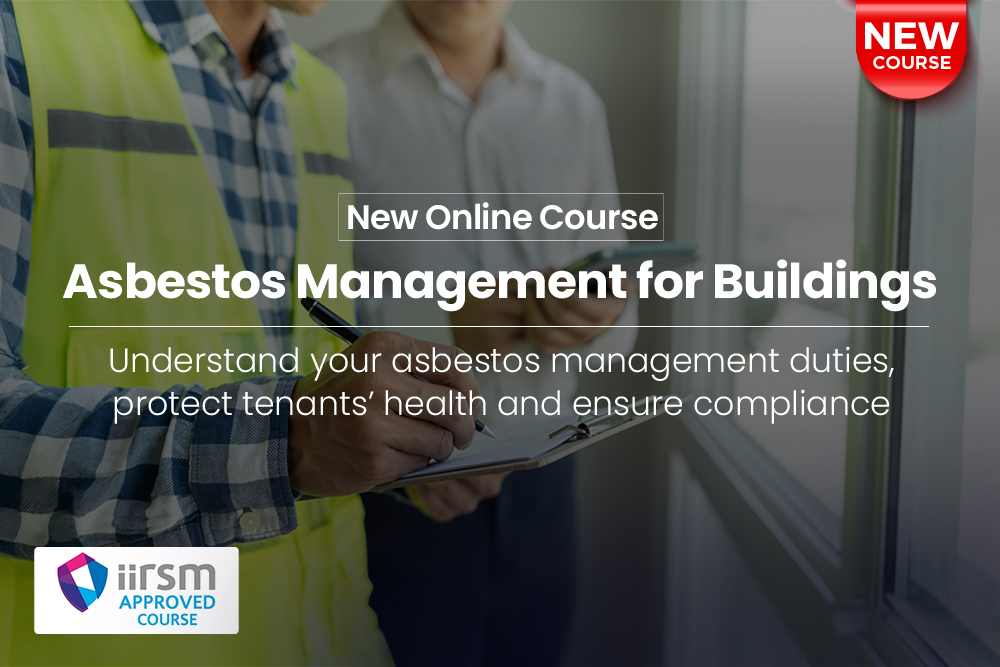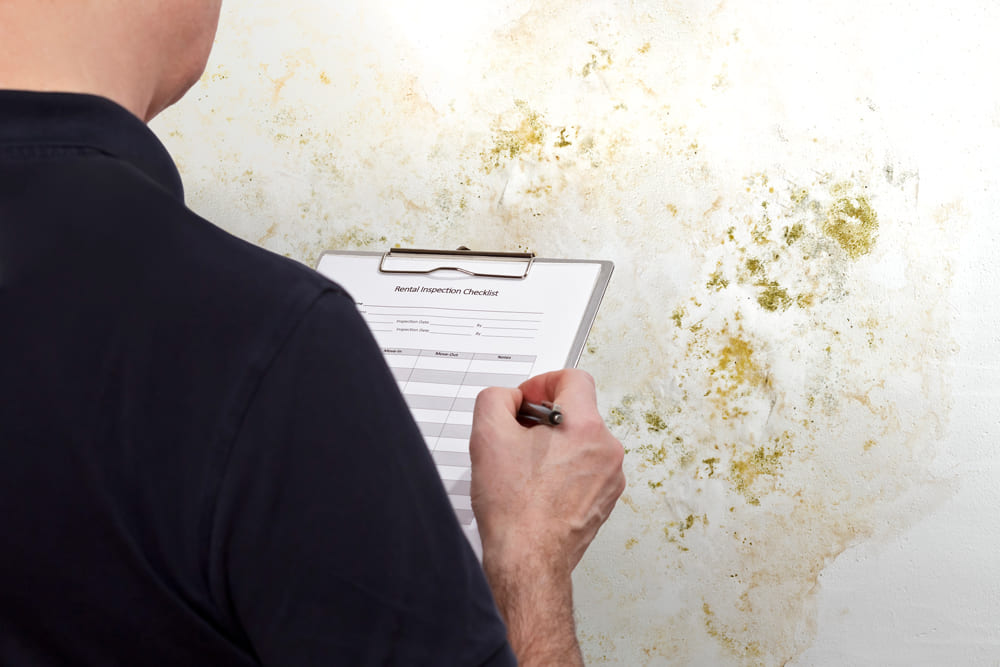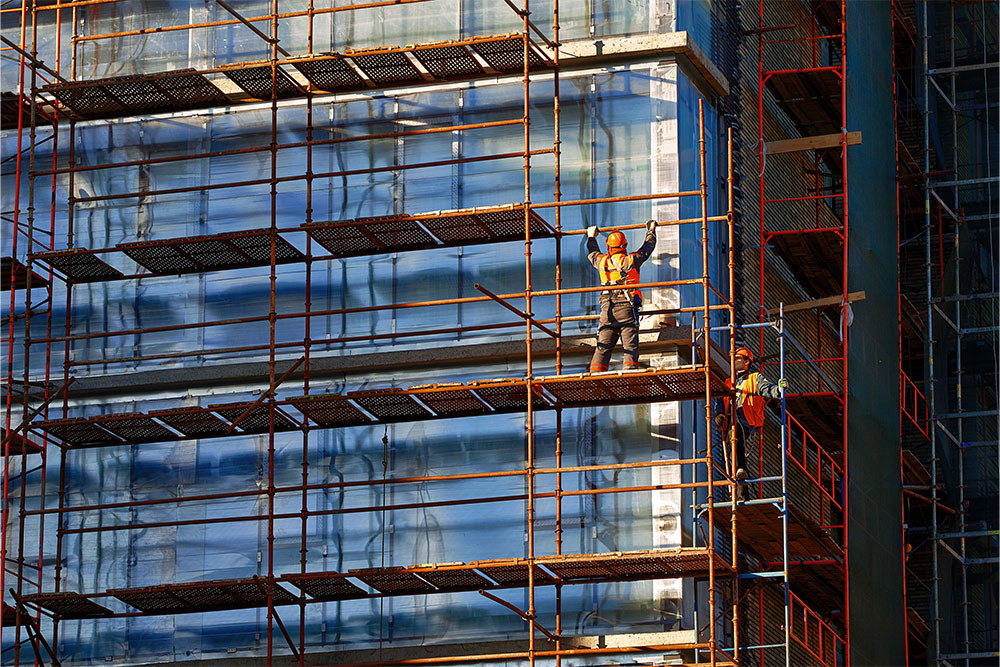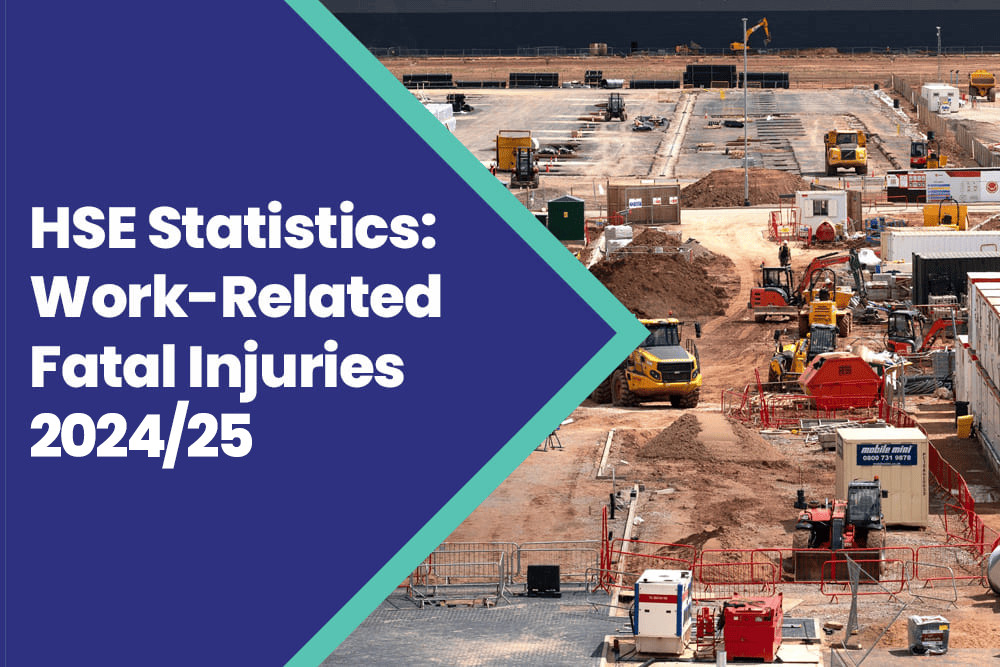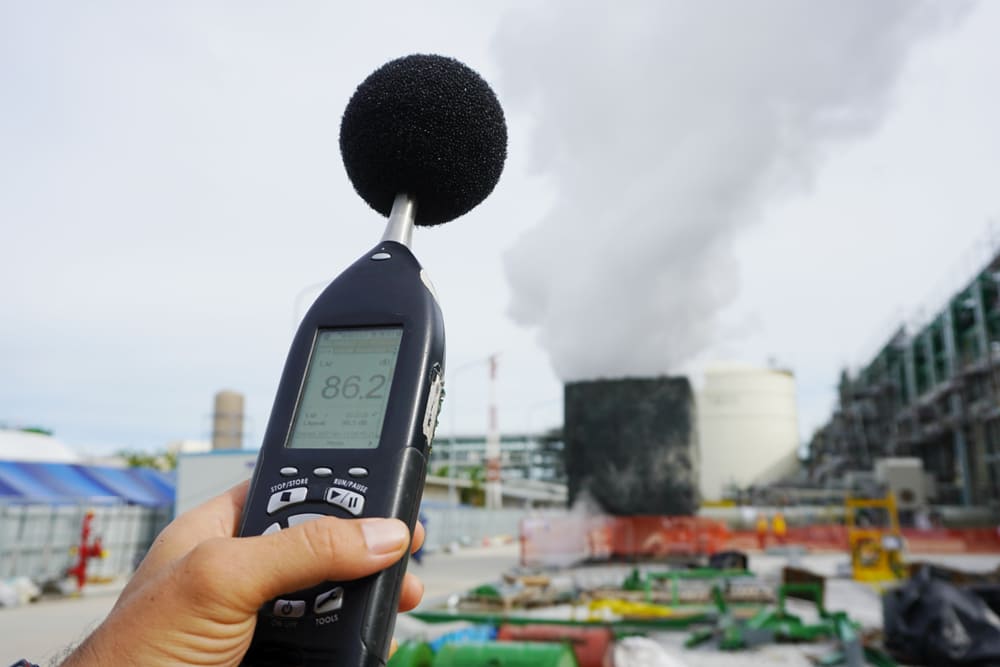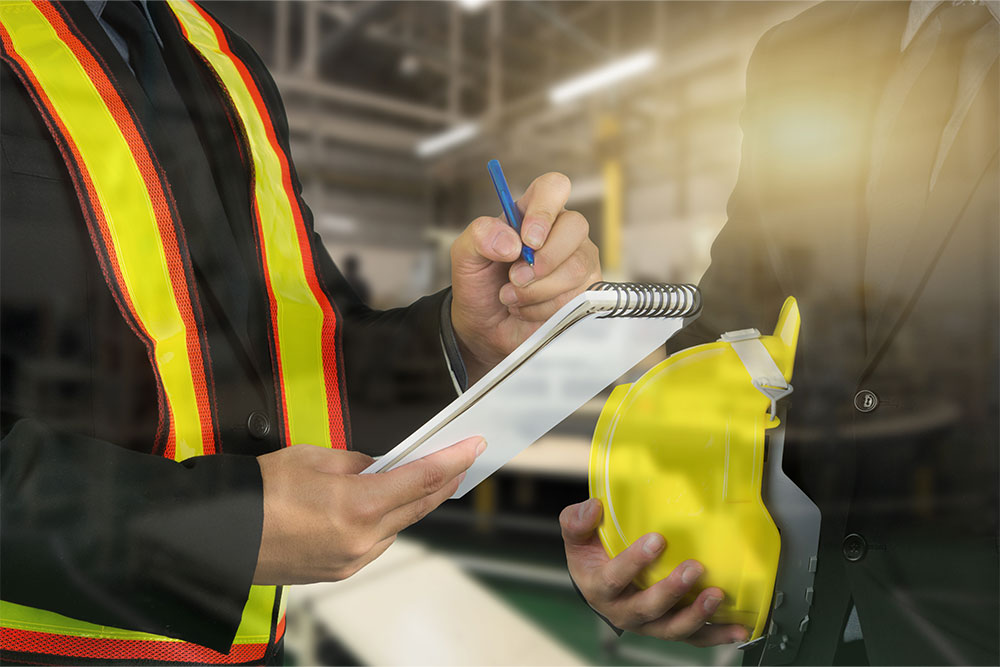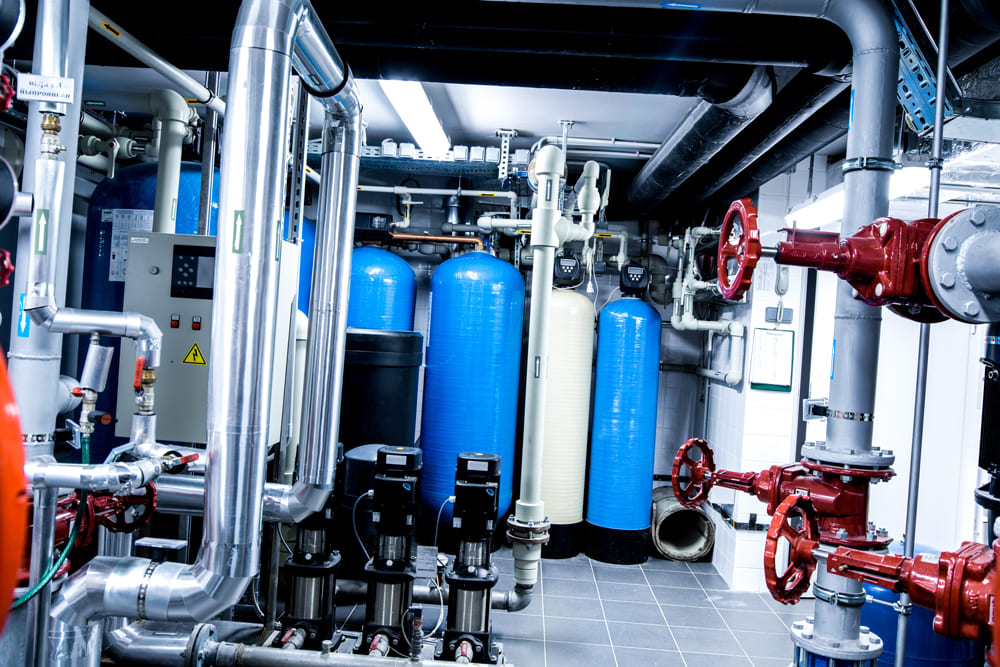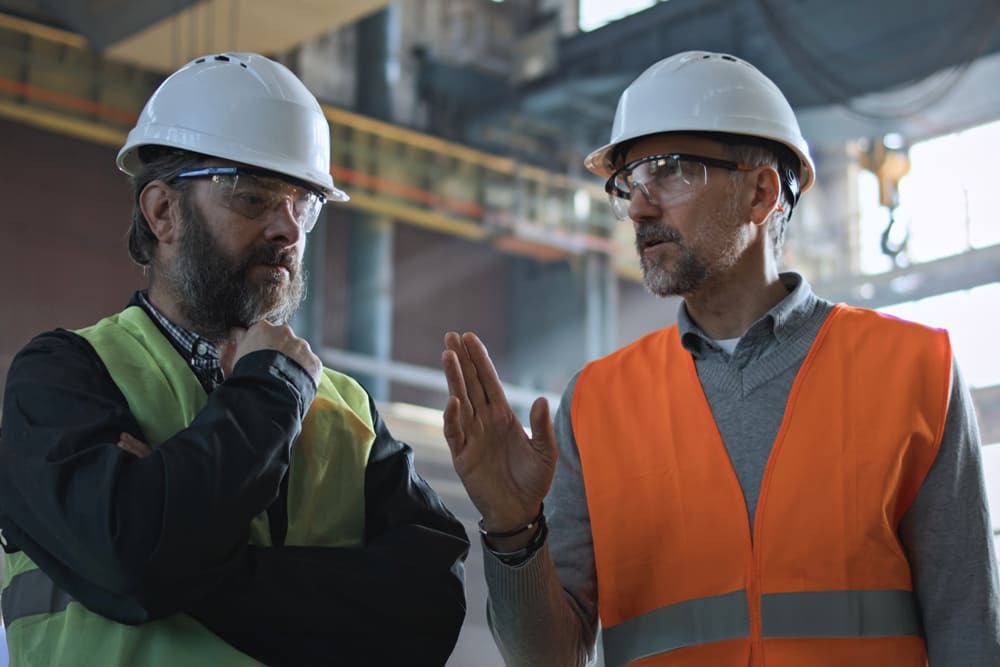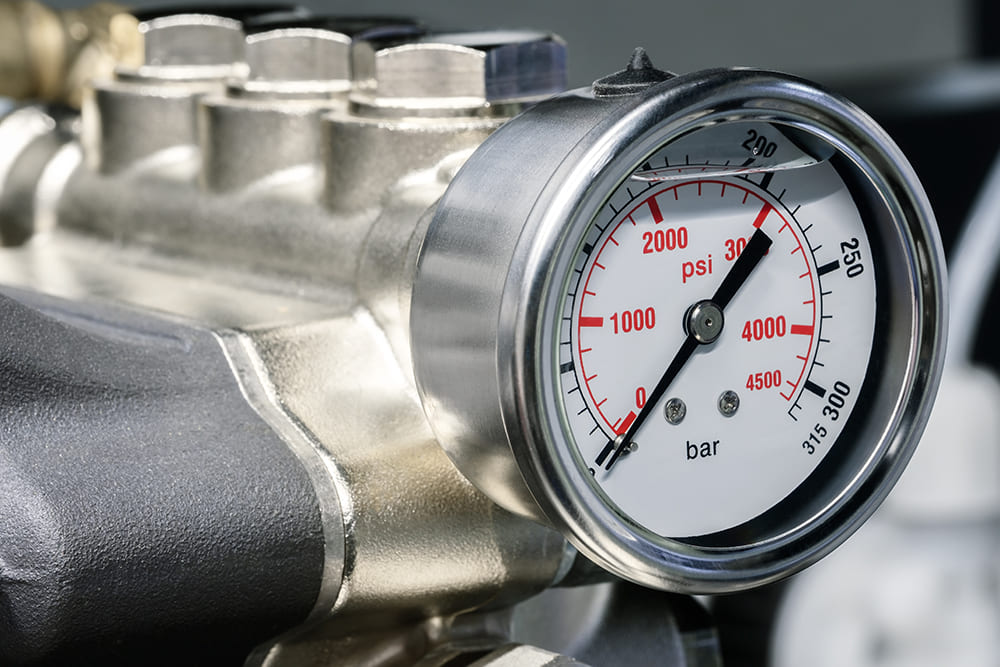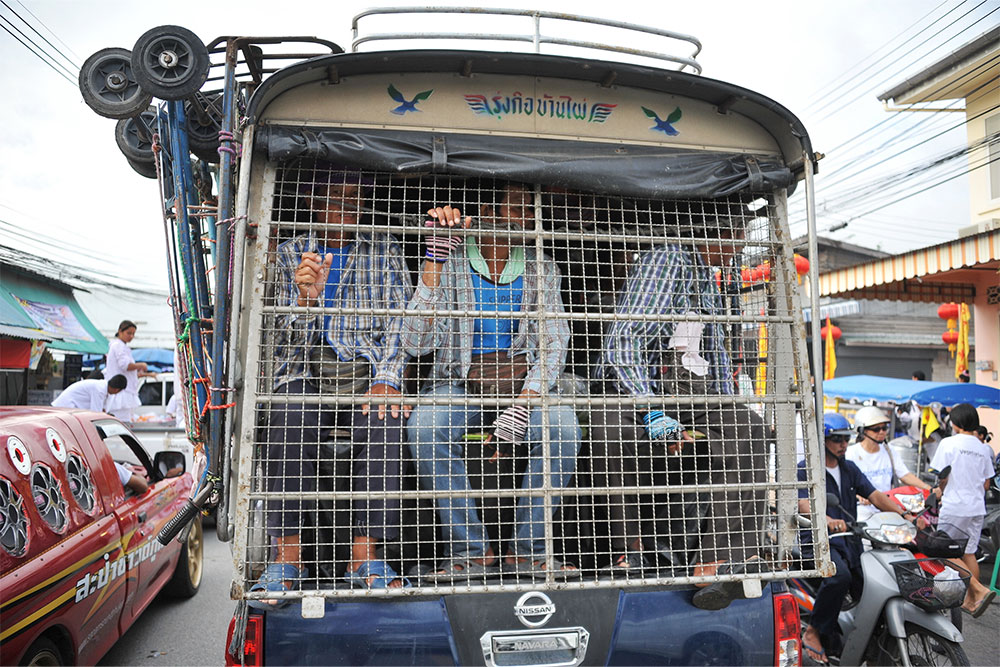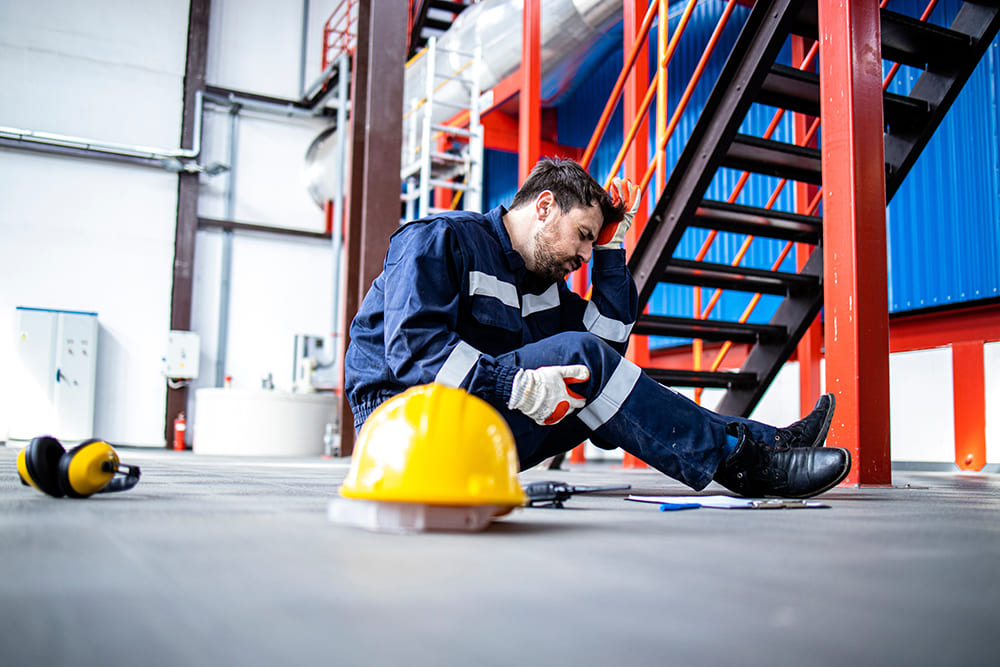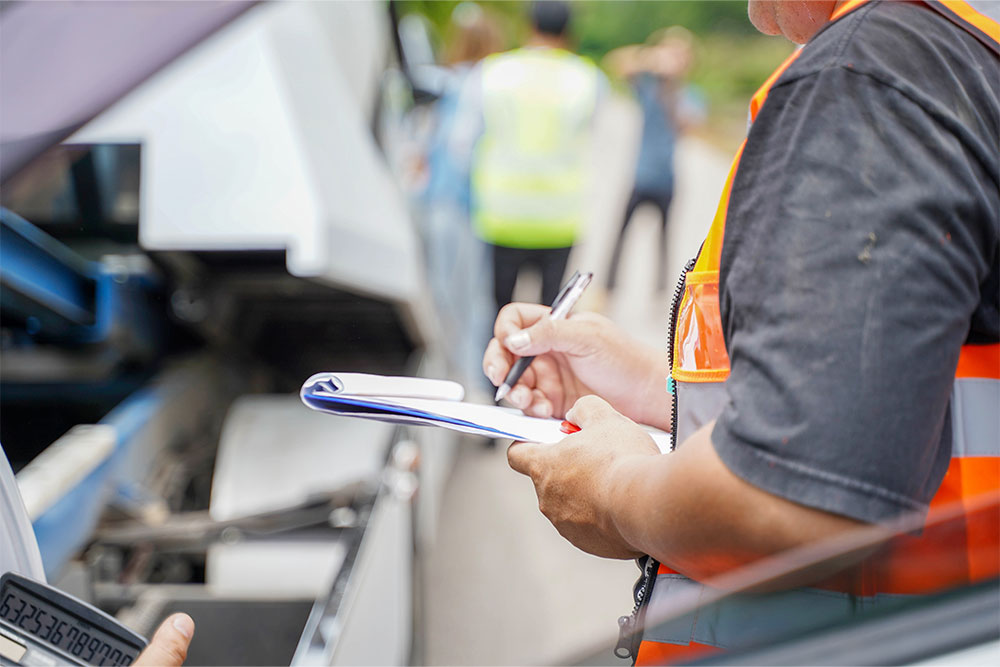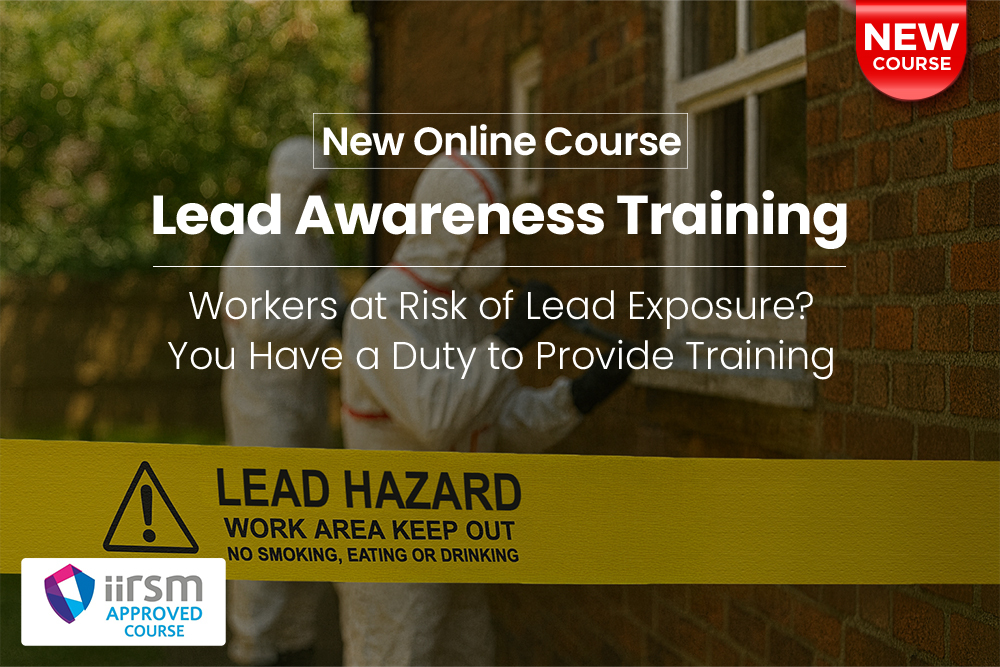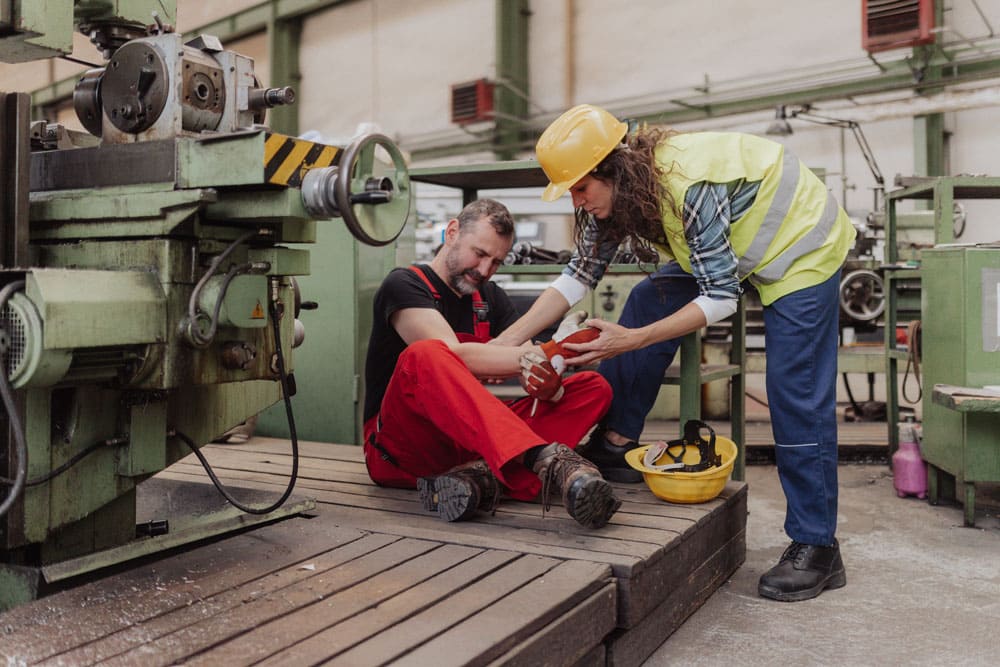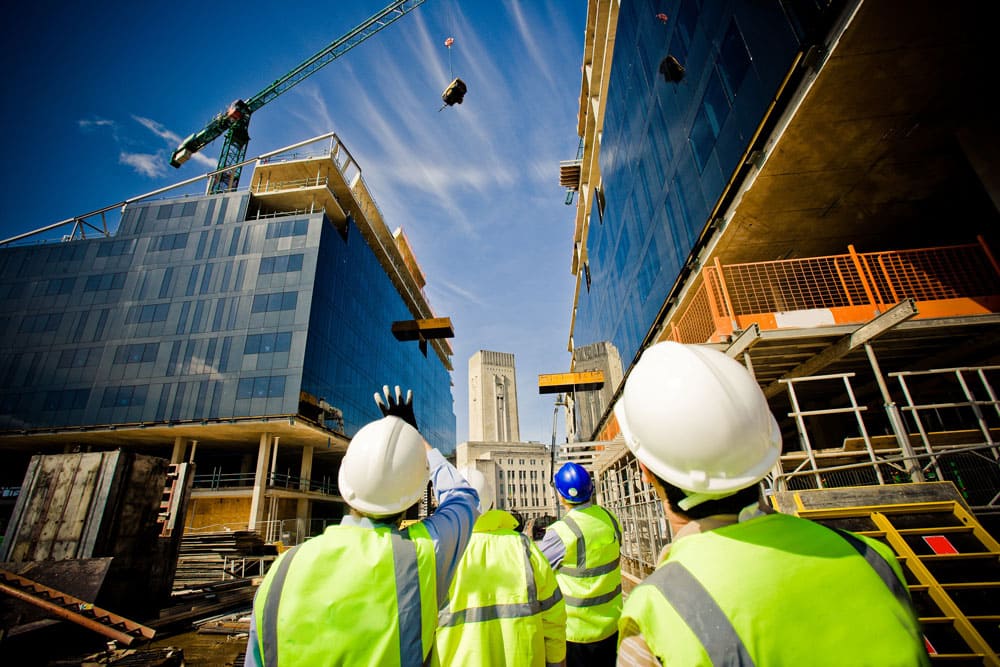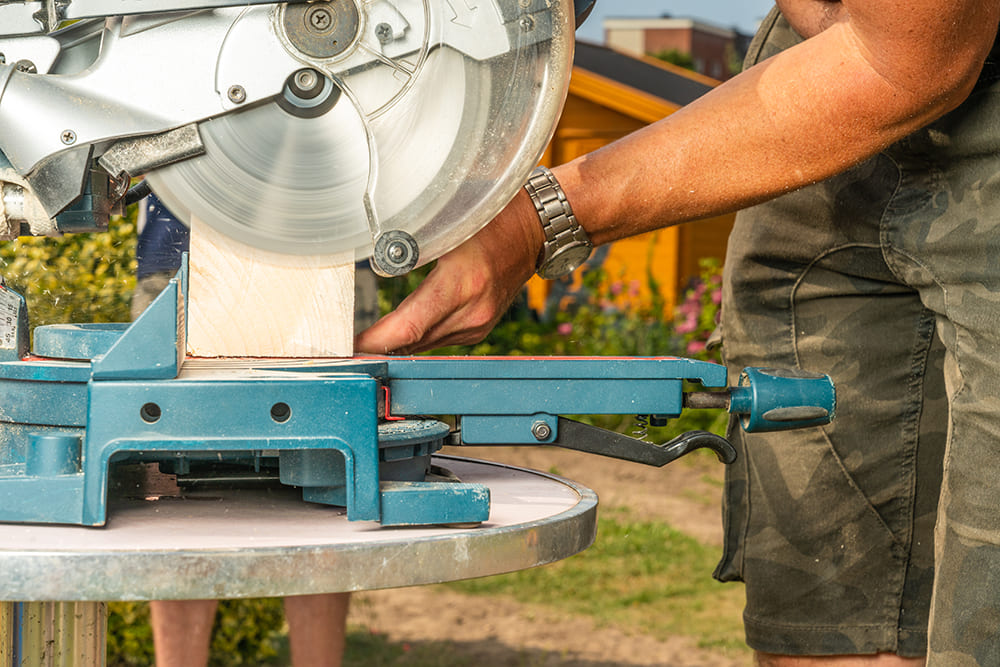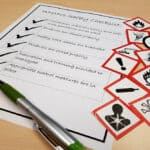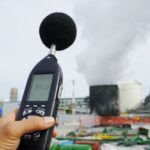
Fire risk assessments for construction sites are required by law. Fire hazards are a constant presence on construction sites. And without proper fire precautions, flames can spread quickly, putting workers and projects at risk.
A thorough fire risk assessment ensures that fire safety is considered at every stage of the project, from design to completion.
This guide explores conducting fire risk assessments for construction sites. It outlines the steps involved and the common fire hazards to be aware of.
Key Takeaways
- Fire risk assessments for construction sites are a legal requirement and must be updated regularly as conditions change.
- The principal contractor typically holds overall responsibility for managing fire risks on-site and ensuring that a fire risk assessment is completed and maintained.
- Every contractor must take “suitable and sufficient steps” to prevent or reduce fire risks caused by their work.
Why Fire Risk Assessments for Construction Sites are Essential
Fire risk assessments are essential on construction sites because fire hazards are always present.
Construction sites are filled with flammable materials, temporary structures and incomplete fire protection systems. Fires can ignite and spread quickly, putting workers, the public and the project at risk. A fire risk assessment ensures that all potential hazards are identified and addressed.
It’s also a legal requirement under the Regulatory Reform (Fire Safety) Order 2005 (FSO). Under the FSO, all workplaces, including construction sites, must have an active fire risk assessment.
This duty belongs to the “responsible person” – the individual in control of the workplace. For construction sites, this is typically the principal contractor. It’s up to them to carry out the fire risk assessment or appoint someone competent to do it on their behalf.
Construction (Design and Management) Regulations 2015
The Construction (Design and Management) Regulations 2015 also impose fire safety duties on people involved in a construction project, including individual contractors.
Every contractor is required to take “suitable and sufficient” steps to prevent or reduce the fire or explosion risks caused by their work. Contractors must also coordinate with others on-site to ensure that their work doesn’t compromise anyone else’s safety.
Key Steps in Conducting Fire Risk Assessments for Construction Sites
Conducting a fire risk assessment involves five key steps:
-
- Identify Fire Hazards
Look for anything on-site that could cause a fire. This includes heat sources, flammable materials and potential ignition points, such as faulty electrical equipment or hot works. - Determine Who Might Be Harmed
Consider everyone on-site who could be affected by a fire. This includes workers, contractors, visitors and members of the public near the site. - Evaluate the Risks and Implement Control Measures
Once hazards are identified, assess how likely a fire could start and what harm it could cause. Then, implement fire protection measures to reduce these risks. Measures include removing ignition sources or installing fire detection systems. - Record Findings and Implement a Plan
Document the significant findings and create an emergency plan. Make sure that everyone on-site is informed and trained in what to do in the event of a fire. - Review and Update the Assessment
Fire risk assessments should be regularly reviewed and updated as work progresses. As you near completion, site conditions will change, and new hazards may arise.
- Identify Fire Hazards
Common Fire Hazards on Construction Sites
Construction sites are full of potential fire hazards. Some of the most common include:
- Hot Works – Activities like welding, cutting and grinding generate heat and sparks, which can easily ignite nearby flammable materials.
- Flammable Materials – Many materials used in construction, such as wood, insulation and chemicals, can catch fire quickly if exposed to a heat source.
- Temporary Electrical Installations – Faulty or overloaded electrical equipment, such as generators or temporary lighting, can cause fires if not properly maintained.
- Waste and Debris – Piles of rubbish, packaging and scrap materials left on-site can fuel a fire and let it spread rapidly.
By identifying and managing these hazards, you can reduce the fire risk on-site and improve overall safety.
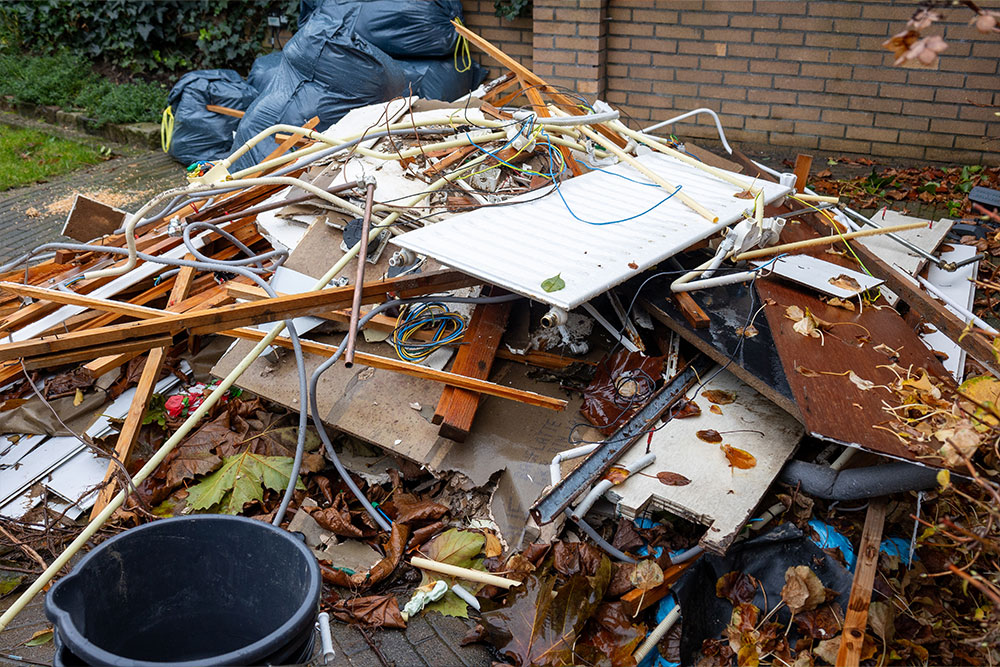
Implementing Control Measures
After identifying the fire hazards on your site, you need to reduce risks to acceptable levels. There are two methods for this:
- Reducing the risk of a fire happening or spreading (aka fire prevention)
- Reducing the risks to people in the event of a fire (aka general fire precautions)
Reducing the Risk of Fire
The priority is to prevent a fire from starting. Here are key actions you can take:
- Eliminate Ignition Sources – Identify and remove heat sources that could spark a fire, such as faulty electrical equipment or open flames. For hot works like welding, use permit-to-work systems and ensure proper supervision.
- Control Flammable Materials – Limit the amount of flammable materials, like wood, insulation and fuel, on-site. Store these substances in well-ventilated areas, away from potential ignition sources, and use fire-retardant materials where possible.
- Ensure Proper Waste Management – Keep the site clean by regularly removing flammable waste. Rubbish can fuel a fire, so dispose of it in metal skips away from work areas.
Minimising Risks to People
If a fire does break out, it’s crucial to have general fire precautions in place to protect people. These include:
- Install Fire Detection Systems – Fire alarms should be installed throughout the site to provide early warnings. Ensure that the alarms are loud enough to be heard over construction noise and are regularly tested.
- Provide Clear Evacuation Routes – Mark emergency exits clearly and ensure that escape routes are free of obstructions. Stairways and scaffolding should be kept clear, and at least two routes should be available in high-risk areas.
- Equip the Site with Firefighting Equipment – Fire extinguishers should be provided at designated points across the site, especially near high-risk areas. The extinguisher must match the fire hazard: water or foam extinguishers for wood, paper and textiles, and CO2 or dry powder extinguishers for electrical fires.
- Train Workers on Fire Safety – Fire safety training is essential for all workers on-site. They should know how to operate firefighting equipment, where the emergency exits are and how to raise an alarm.
For detailed guidance, refer to HSG168: Fire Safety in Construction, which outlines how to implement these controls properly.
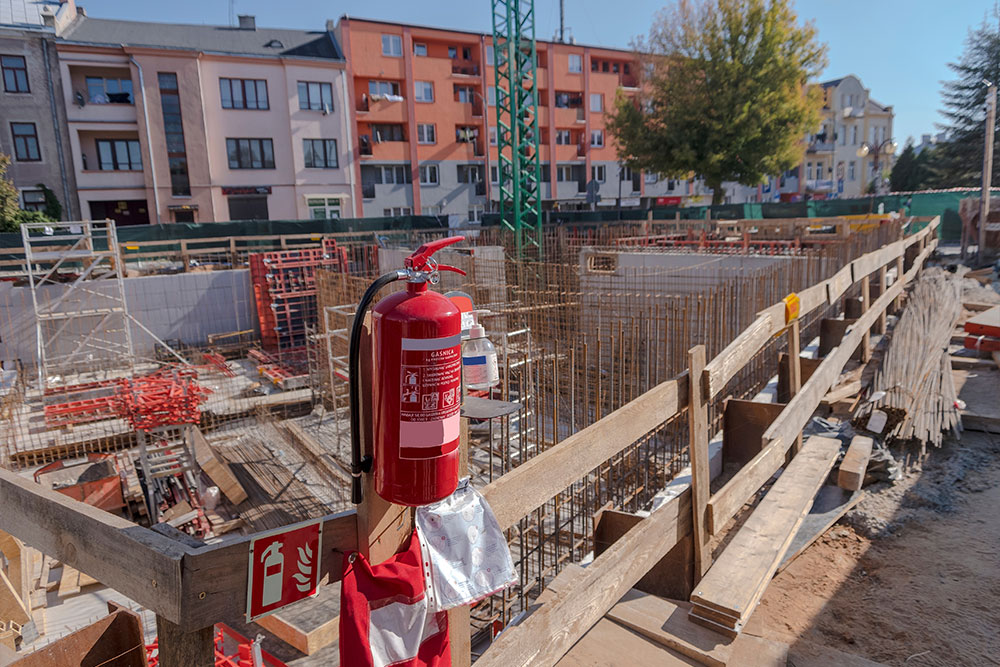
Reviewing Your Fire Risk Assessment
Fire risk assessments aren’t a one-time task.
Construction sites are constantly changing, so new hazards can emerge as the project progresses.
It’s essential to update the fire risk assessment each time a significant change occurs, such as introducing new materials, changing the site layout or starting high-risk activities like hot works. Regular reviews help ensure that fire protection measures remain effective and that any new risks are identified and controlled.
Fire Risk Assessment Training
Fire risk awareness is essential for keeping your construction site safe. While fire risk assessments require specialist knowledge, providing your contractors with basic fire safety training is an essential step in reducing risks.
Our online Fire Risk Assessment Training course is a useful refresher for contractors. It recaps fire safety basics and how to work safely in environments with fire risks. While this course won’t make someone competent to carry out a full fire risk assessment, it’s an effective way to ensure that everyone on-site knows how to contribute to fire safety.







